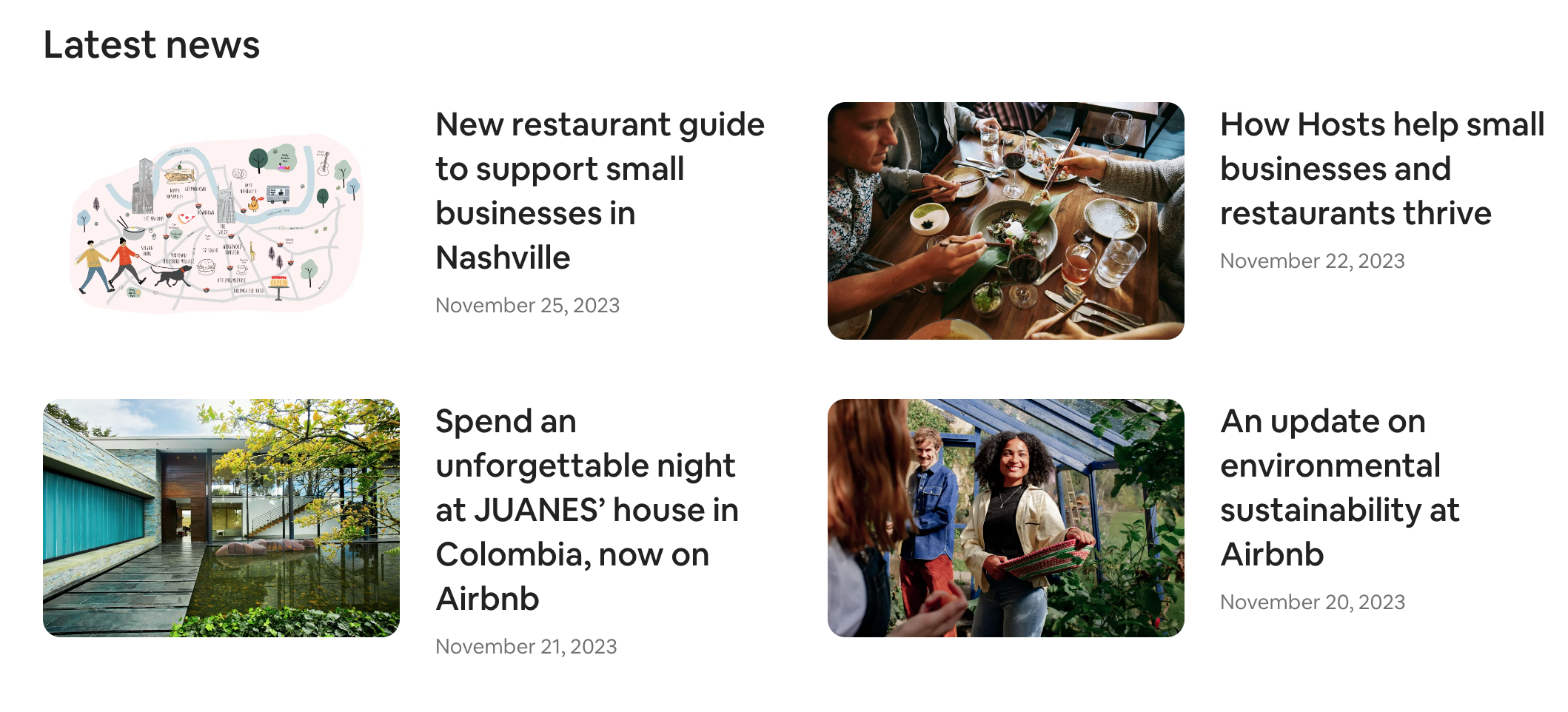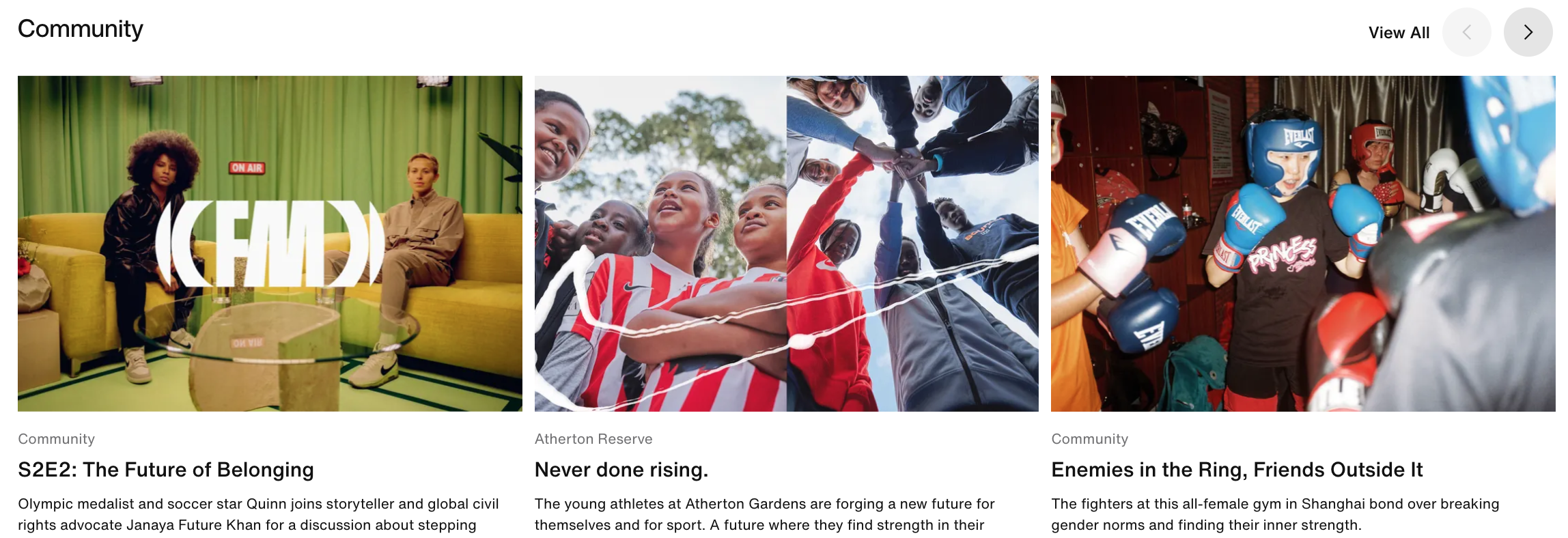Is QR Code Marketing Right for Your Business in 2024?
In an era dominated by smartphones and lightning-fast connectivity, QR codes have emerged as a powerful tool in the realm of digital marketing. Once overlooked, these matrix barcodes have now become popular in various marketing strategies.
Created by a Japanese automotive company, Denso Wave, in 1994 for tracking vehicles during production, QR codes found their way into mainstream usage during the Covid-19 pandemic. Governments worldwide utilized QR codes extensively for contact tracing and other pandemic response efforts, thrusting them into the limelight.
But is QR code marketing the right fit for your business? Let’s delve into it.
The Rise of QR Code Marketing
QR codes’ resurgence stems from their versatility and ease of use. Unlike traditional barcodes, QR codes can be scanned from any direction, enabling quick access to online content. Before the pandemic, QR codes were largely underutilized. However, the Covid-19 crisis propelled their adoption, particularly in industries like hospitality, where restaurants leveraged QR codes for contactless menu access.
Recent statistics show approximately 89.5 million Americans are expected to scan QR Codes using smartphones by 2024, and this figure is anticipated to rise to 99.5 million in 2025. Creating custom QR codes has never been easier, thanks to the plethora of free online generators available.
Given the widespread adoption of QR code marketing, the question arises: How can businesses leverage them creatively? Let’s explore some innovative examples.
Creative Applications of QR Code Marketing
Coinbase, a cryptocurrency exchange platform, demonstrated the power of simplicity during the 2022 Super Bowl. Their ad featured a bouncing QR code, offering viewers $15 worth of free bitcoin upon signing up. Despite the hefty $13 million ad slot cost, the attention garnered led to a surge in website traffic, crashing their servers momentarily.

Starbucks, a pioneer in mobile payment solutions, integrated QR codes seamlessly into its operations. The Starbucks Card mobile app allows users to check balances, reload cards, and view transactions, enhancing customer engagement and convenience.

Benefits of QR Codes in Marketing
As evidenced by successful campaigns, QR codes have become an indispensable tool in modern marketing strategies.
- Enhanced Brand Awareness: QR codes provide an interactive and engaging way for consumers to connect with your brand. By incorporating QR codes into your marketing materials, you can increase brand visibility and recognition. Whether it’s on packaging, promotional materials, or advertisements, QR codes draw attention and encourage consumers to interact with your brand.
- Driving Website Traffic: QR codes serve as a direct bridge between offline and online marketing channels. By scanning a QR code, consumers can instantly access your website, landing page, or specific product pages. This seamless transition from physical to digital encourages website visits and allows for further engagement with your brand’s online content.
- Facilitating Sales and Conversions: QR codes can be strategically placed on product packaging, in-store displays, or marketing collateral to drive sales and conversions. By linking QR codes to exclusive promotions, discounts, or product information, you can incentivize purchases and encourage impulse buying. Additionally, QR codes can streamline the purchasing process by providing easy access to online checkout pages or mobile payment options.
- Tracking and Analytics: QR codes enable marketers to track and analyze consumer behavior, providing valuable insights into campaign performance and effectiveness. By monitoring QR code scans, engagement metrics, and conversion rates, marketers can refine their strategies and optimize future campaigns for better results. This data-driven approach allows for more targeted and personalized marketing efforts.
- Cost-Effectiveness and Versatility: QR codes offer a cost-effective solution for implementing interactive marketing campaigns across various channels. Whether you’re a small business or a large corporation, QR codes can be easily created and distributed at minimal cost. Furthermore, QR codes can be customized to match your brand’s aesthetic and tailored to specific marketing objectives, making them a versatile tool for any campaign.
Why Choose Onimod Global?
At Onimod Global, we craft digital synergy for businesses large and small. Our approach involves aligning marketing efforts with overarching business goals, helping ensure maximum impact and visibility across digital platforms. Whether you’re looking to explore QR code marketing or enhance your overall digital presence, our consultative approach and tailored solutions can help propel your business forward.
Ready to unlock the potential of QR code marketing for your brand? Contact us today to learn more about our services and how we can elevate your digital marketing strategy to new heights.




